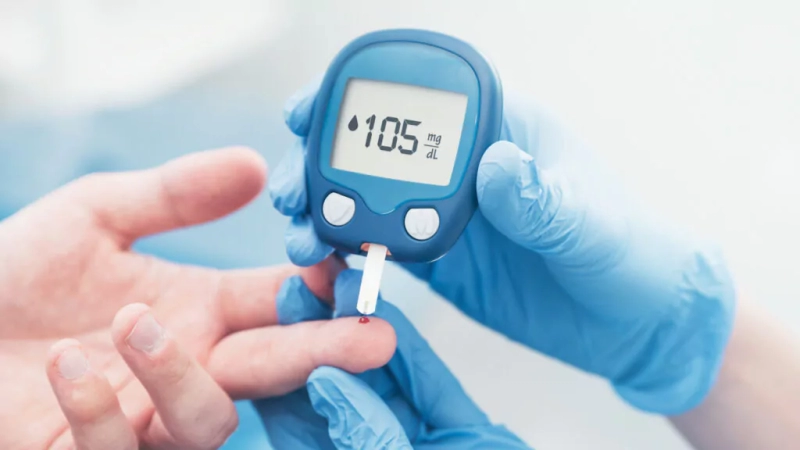The growing digital connectivity of medical infrastructure is resulting in complicated systems with a plethora of diverse interfaces that are potentially vulnerable to assault. The IVD requires producers to provide proof of cyber security before releasing their products to the public. Transitional periods for currently certified IVD medical devices will expire in phases beginning on May 26, 2025. However, due to the restricted number of notified bodies, there may be bottlenecks in conformity assessment procedures in the future. TUV SUD provides assistance in the form of comprehensive testing services and new white papers.
Cyber security Risks
Cybersecurity concerns should be evaluated early in the product life cycle, and then consistently throughout – from design and development through manufacture, installation, and service and maintenance. This need is necessary since new vulnerabilities that might expose IVD instruments to cyber-attacks are uncovered and disclosed on a regular basis.IVD instruments require cyber-security assessment for connected medical devices, based on the IVDR and MDCG guidelines published by the EU’s Medical Device Coordination Group, the Notified Bodies position paper, ISO 14971, and IEC 81001-5-1 standards. Cyber-risk management aims to identify threats early and derive measures from them.
Maximum Safety: A Five-Step Process
TUV SUD has approved testing facilities and provides thorough IVD instrument and device testing services in addition to product-specific cyber security checks. The testing process can include up to five phases, depending on the stage of the product lifecycle that the IVD device is in:
- Instruction In Regulatory Requirements And Norms
- An Early Assessment
- Fuzzing
- Vulnerabilities Analysis
- Test Of Penetration
Additionally, TÜV SÜD runs the solely accredited laboratory for testing and validation in compliance with IEC TR 60601-4-5. The professionals are knowledgeable about the numerous country-specific regulatory requirements. They assist manufacturers in speedily releasing their IVD instruments and IVD medical devices onto the market and are knowledgeable about the specifics of documentation compliance standards.
The IVDR prohibits IVD instruments and medical devices that were already lawfully placed on the market before their entry into force. However, transition periods may end in the near future, depending on the risk classes of the respective IVDs. The transition periods end on May 26, 2025, for risk class D, May 26, 2026, for class C, and May 26, 2027, for class B and class A IVD medical devices that need to be placed on the market in a sterile condition.
Connect with Us
Subscribers to the Morulaa website may have access to the most recent and pertinent medical news from the FDA, TGA, Australia, MHRA, MDA, and other nations. If you want to help with a medical device’s registration in India or other Southeast Asian countries, contact us
Source: TÜV SÜD

